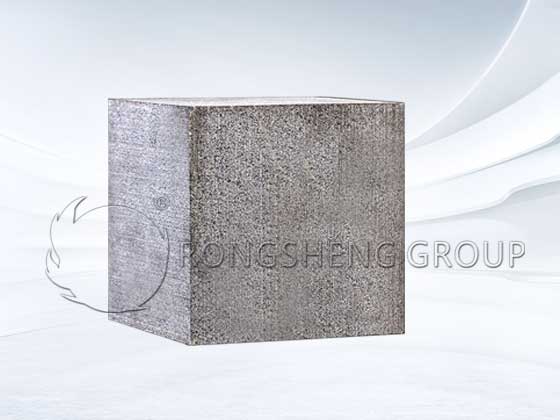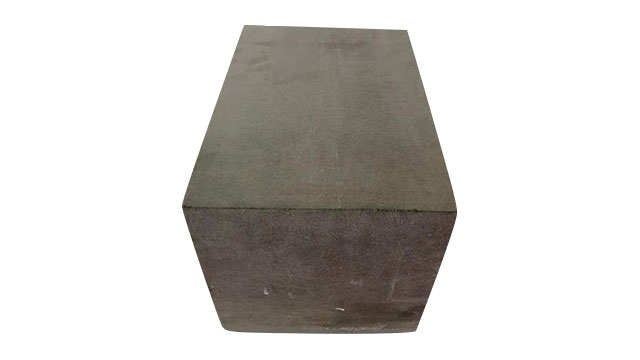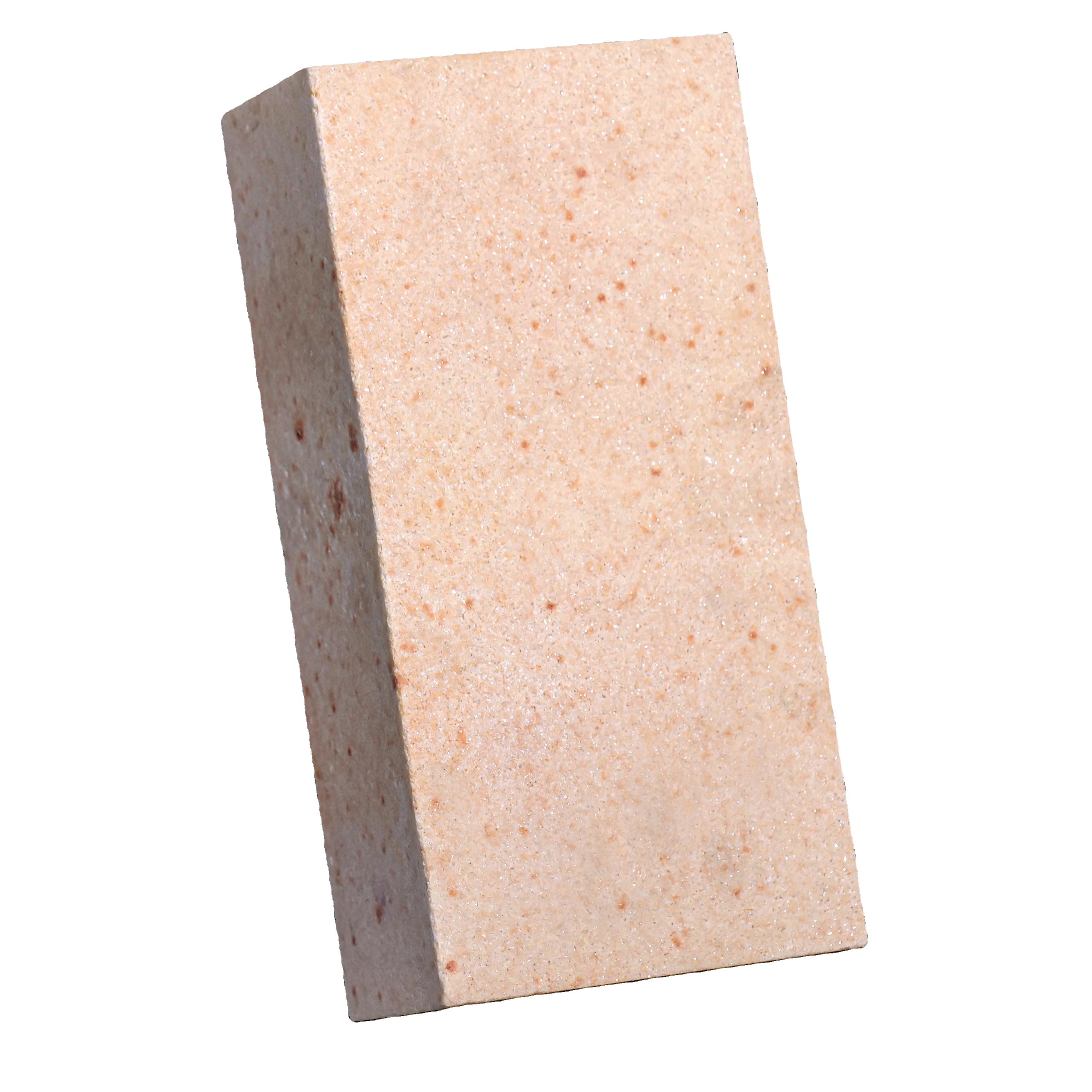
In the metallurgical world, where temperatures exceeding 2300°C are the norm rather than exception, the durability of refractory materials becomes a make-or-break factor for operational success. Over nearly two decades of consulting in refractory solutions, one common pitfall among steel plants and smelting facilities is underestimating the critical role of high-temperature stability and corrosion resistance in their brick linings. This is precisely where melting cast mullite bricks step in, transforming refractory technology and steering the metallurgical industry toward more sustainable operations.
The magic behind these bricks lies in their sophisticated advanced melting cast technology, combining high-purity mullite—an aluminosilicate mineral—with ceramic engineering to withstand extreme thermal conditions. Zhengzhou Rongsheng Refractory Materials Co., Ltd. epitomizes this innovation by producing bricks shaped at approximately 2300°C, ensuring a crystalline structure that yields exceptional mechanical strength.
This ultra-high temperature forming grants the bricks near-zero thermal expansion, a crucial factor to avoid cracking during rapid temperature fluctuations common in metallurgical furnaces. To put it simply, if conventional bricks are like glassware prone to shattering under sudden heat changes, mullite bricks behave more like tempered glass, maintaining integrity and form.
Reliability in metallurgy can’t be left to chance. That’s why the product rigorously complies with international certifications such as ISO 9001 and ASTM standards, incorporating stringent quality control workflows at every production phase — from raw material selection to final inspections.
Notably, each batch undergoes precise dimension tolerance checks (±0.5 mm), density verification (≥3.2 g/cm3), and cold crushing strength measurements exceeding 120 MPa, parameters critical to ensure longevity and minimize unplanned replacements.
Perhaps the most convincing proof of their excellence is their extensive use across metallurgical hubs worldwide. Implemented successfully in more than 70 countries, these mullite bricks have demonstrated consistent performance in blast furnaces, converters, and other high-temperature applications.
A concrete case includes a Vietnamese steel plant where Rongsheng’s mullite bricks replaced traditional fireclay bricks, resulting in a 40% increase in furnace campaign life and a 12% reduction in energy consumption over a 9-month period. This improvement not only mitigated downtime but also significantly lowered CO2 emissions, aligning with ambitious environmental goals.

No two plants are alike, and neither are their refractory challenges. Recognizing this, manufacturers offer tailored solutions—adjusting composition, size, and thermal conductivity—to align with specific furnace designs and operational parameters.
This customer-centric approach empowers technical teams to optimize brick layouts for maximum wear resistance and thermal efficiency. For example, a German metallurgy company requested enhanced chemical resistance against aggressive molten slags; the resulting customized mullite formulation improved service longevity by 25%, as verified in field trials.

The distinct advantage of melting cast mullite bricks lies in their excellent resistance to molten glass slags—a notorious culprit in refractory wear—combined with exceptional thermal shock resistance.
Laboratory tests report that these bricks maintain over 90% of their mechanical strength after exposure to repeated heating–cooling cycles at 2000°C. Moreover, their inert composition prevents chemical reactions with typical metallurgical slags, minimizing erosion rates by up to 60% compared to conventional refractory materials.
These properties translate directly to fewer maintenance shutdowns and enhanced process stability, which, when scaled, drive substantial cost savings and operational efficiency improvements.

Beyond performance metrics, melting cast mullite bricks are pivotal in promoting sustainability within metallurgical operations. By prolonging furnace life and reducing energy consumption through better thermal insulation, these bricks contribute to lowering greenhouse gas emissions and raw material waste.
Furthermore, their higher durability reduces the frequency of replacement campaigns, which often demand high logistical and environmental costs. This aligns with the global metallurgical sector’s pursuit of eco-friendly, cost-efficient production methodologies.
In essence, melting cast mullite bricks are more than just refractory materials—they are enablers of operational excellence and environmental stewardship. They offer metallurgical enterprises reliable high-temperature protection, leading to improved furnace uptime and optimized energy use.
For purchasing and technical teams aiming to future-proof their investments, selecting such advanced materials is a strategic move that yields measurable returns, from reduced maintenance costs to compliance with increasingly stringent environmental standards.




